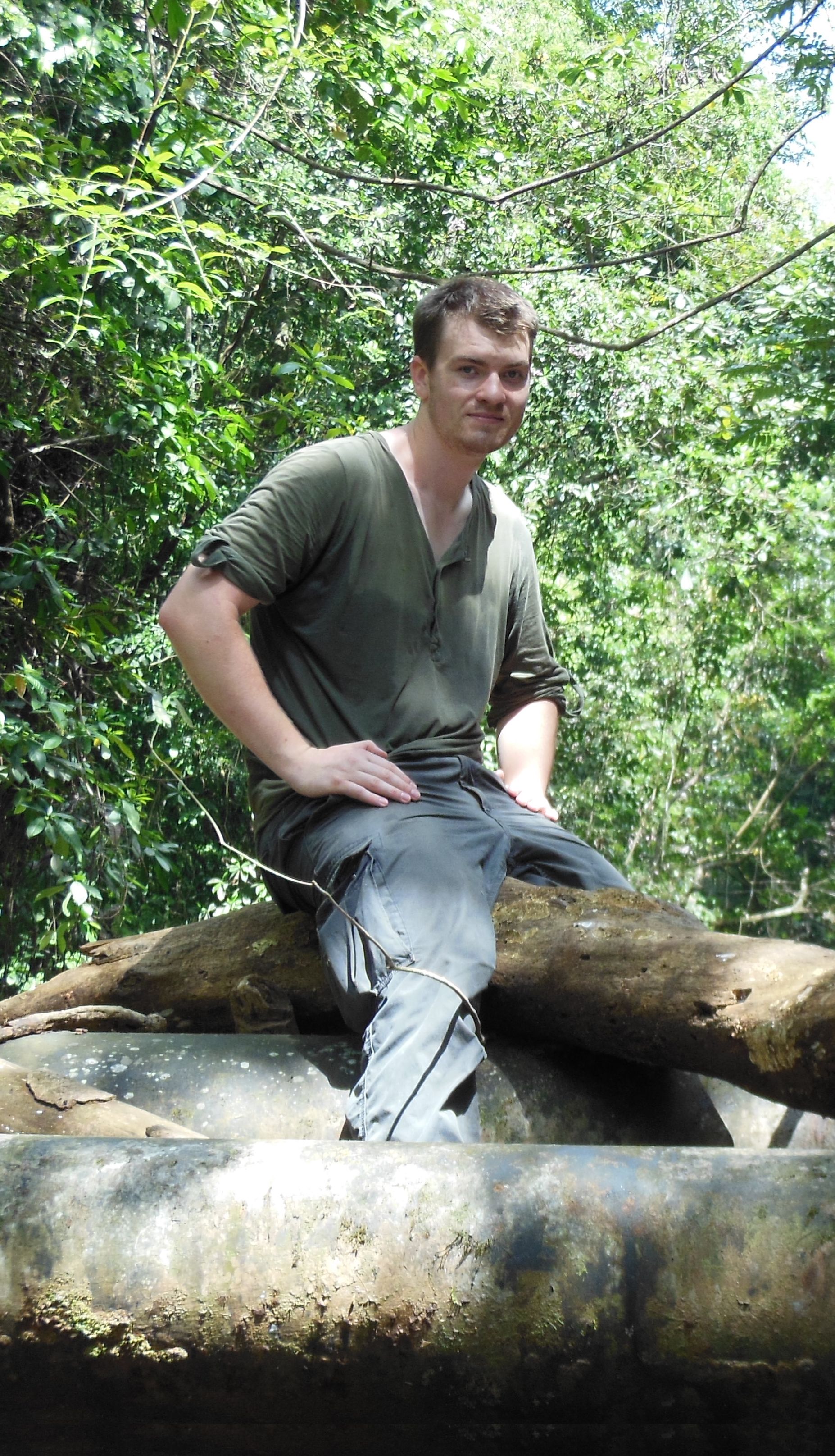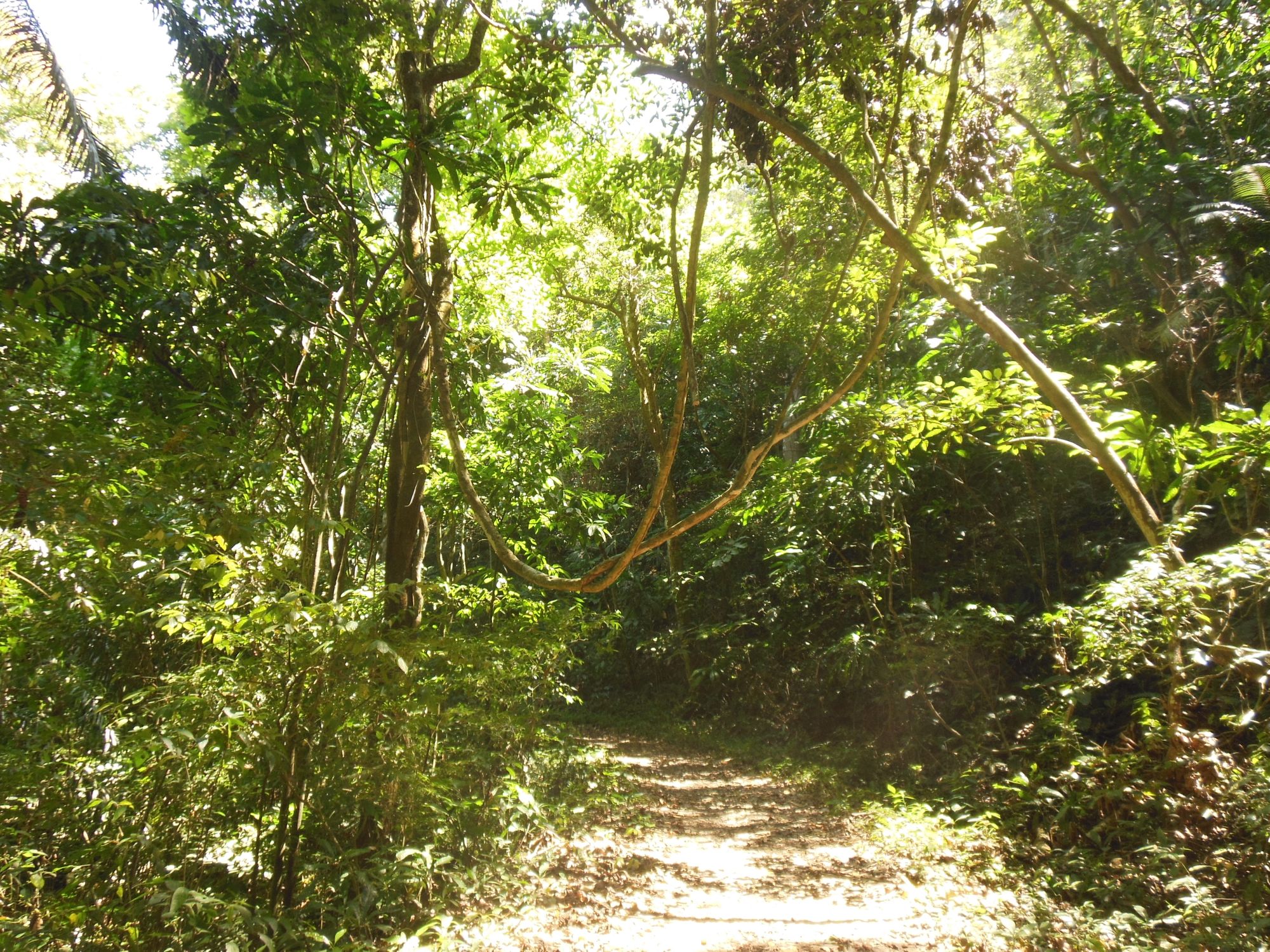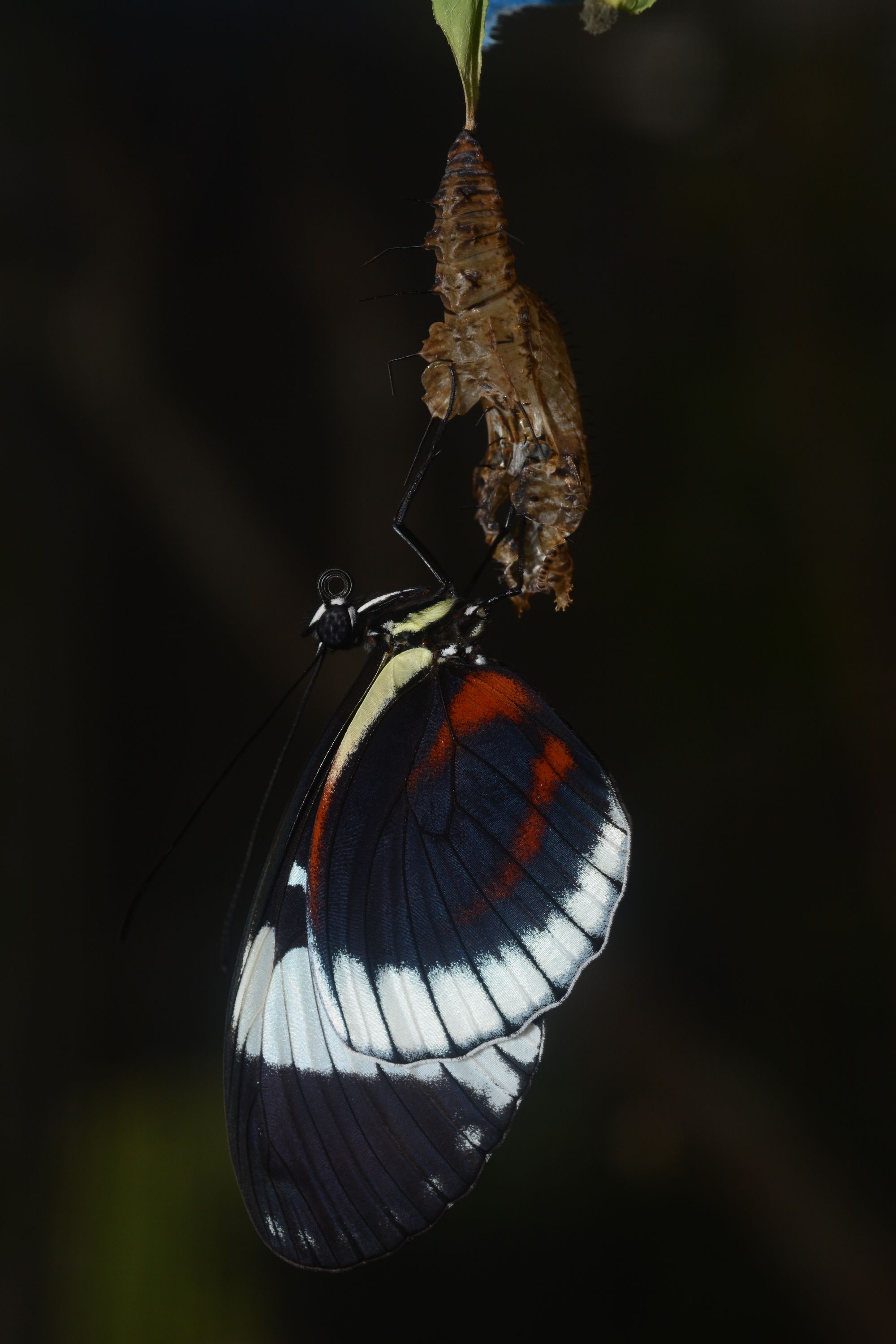By Alex Lawrence, Masters, Palaeobiology
Scientists have found differences in visual structures in the brains of butterflies based on the levels of light in their environment. The two groups of butterflies show signs that they are on the way to becoming completely separate species.
The new study was led by Dr Stephen Montgomery of the University of Bristol’s School of Biological Sciences, along with researchers from the Smithsonian Tropical Research Institute in Panama and LMU Munich. Their findings highlight the interplay between ecology, behaviour, and changes in the anatomy of the brain.

What exactly defines one species from other organisms that appear very similar? This is a much-debated concept in biology. The most commonly accepted definition is that individuals of the same species can create fertile offspring.
Organisms like Heliconius butterflies are the reason for this debate. Different species of butterflies can have fertile offspring; this contradicts the generally agreed upon definition from above. Butterflies are classified into different species due to how specialised they are to their own habitat. So, although hybrid offspring of different butterfly species can be fertile, they tend to not be fully adapted to either of their parents’ habitats. This makes their chances of survival limited and leads to extremely low numbers of hybrids in the wild.
What makes butterflies so specialised to different habitats? Heliconius butterflies are renowned as examples of Müllerian mimicry, a phenomenon where two or more toxic species have evolved to ‘mimic’ each other’s looks. By looking similar to one another, the two species have higher chances of scaring off any common predators they may share.
Müllerian mimicry, a phenomenon where two or more toxic species have evolved to ‘mimic’ each other’s looks
Dr Montgomery explains: ‘This is also associated with convergence in ecology – so these species which look the same also hang out in similar parts of the forest. We’re interested in whether or not exposure to similar environmental conditions leads to similar shifts in brain architecture, which would suggest these butterflies are solving the problems imposed by their environments in similar ways’.
The study examined two species of Heliconius butterflies, that live in the same forests of Costa Rica, Panama, Peru and French Guiana. Heliconius cydno, the cydno longwing, lives in deep forest where the canopy blocks out most of the light. Heliconius melpomene, the postman butterfly, lives on the edges of forests where light is plentiful.

The brains of these butterflies were studied using fluorescent dyes, which are able to highlight different structures under the microscope. While the rest of the brain architecture remained the same, the structures related to vision were distinctively different for H. cydno and H. melpomene butterflies. The researchers could reliably identify the species from the visual brain structures. Further analysis showed that the expression of genes related to vision was also found to differ between the two species.
There was more variation in visual brain structure of H. melpomene butterflies, likely due to more variation in light levels at the edge of forests from different geographic locations. In contrast, deep forest light levels are relatively uniform, which means the range of visual requirements of H. cydno butterflies from different places is probably smaller.
These butterflies can be viewed as a snapshot of speciation-in-action
The scientists also explored the potential that these brain structure changes were shaped by the environment the butterflies grew up in. This is a phenomenon called developmental plasticity. They raised butterflies from both species in the same conditions, in order to see if they had the same visual brain architecture as each other as adults, or whether they retained the different structures found by their respective relatives in the wild.
The researchers found that the differences were retained, meaning the change is genetic and can be inherited by their offspring regardless of where they grow up. The team also raised cydno-melpomene-hybrids and found that their brain structures were an intermediate between the two species. This could explain the low number of wild hybrids, as they would not be visually adapted to either habitat.
These butterflies, although classified as different species, can be viewed as a snapshot of speciation-in-action and are invaluable to evolutionary biologists examining how new species are created.

Dr Montgomery explained why these butterflies are a particularly good candidate for research on species divergence: ‘Heliconius are a good case where there are multiple examples in different parts of their phylogenetic tree and, crucially, where we know a great deal about their ecology and behaviour, allowing us to design studies that are based on what we understand the butterflies to be doing in the wild. Of course, there’s lots we don’t know about what they do but this seems like a good place to start!’
Dr Montgomery also mentioned the practical advantages of raising and imaging these butterflies: ‘They’re also fairly tractable, we can rear them easily enough in insectaries, and their brains are just about small enough to be relatively quick and easy to image.’
The structure of moth wings reveals the secret to how they outsmart bats
The insect mothers that give birth to babies as large as themselves
One of the questions the study set out to address was whether changes in the brain happened during speciation, or whether they built up after. The research shows that changes in the brain happens during speciation, before the species are fully separated. Differences in the visual brain structures facilitates the speciation process by also segregating the species into different ecological environments, to which they can become specialised and thrive.
The complex interplay of brain structure, behaviour and environment is an exciting area of study that sheds light on how new species come to be.
Featured Image: Rich Merrill
Do you think you could tell the two mimicking species of butterfly apart?







